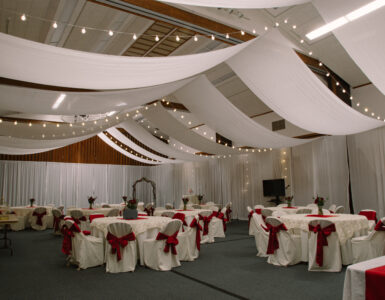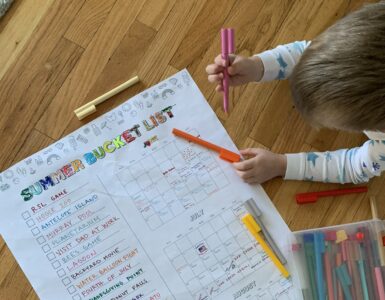Amalia Cochran, M.D., University of Utah Health Care’s Burn Center
Scald Injuries – It’s time for hot apple cider, hot chocolate, tea, and those yummy pumpkin spice lattes. When it gets colder outside, the Burn Center typically sees more scald injuries, especially in kids.
•Never drink or carry hot liquids while holding or carrying a child.
•Do not make hot beverages in a mug that a child normally uses. Consider using mugs with tight-fitting lids, like those used for travel, when children are present.
•Do not place hot liquids on low coffee or end tables that a young child can reach.
Candles – When carving pumpkins for Halloween night, remember that candles are always an open flame and can cause a safety hazard, even when inside a jack-o-lantern.
•When possible, do not use open flame candles in jack-o-lanterns. Battery lights are much safer and do not pose a fire hazard.
•Use candles only with constant adult supervision and make sure all candles are extinguished when unattended.
•Do not place candles in windows where blinds and curtains can close over them.
•Keep candles out of reach of children and in places where they can’t be knocked over.
Costumes – Some Halloween costumes can be a fire hazard. The accessories, components, trim, and flowing materials can be surprisingly flammable.
•Look for costumes that are flame retardant, but remember, flame retardant materials become less effective with each wash.
•Avoid costumes with free-flowing pieces of material, and make sure they fit properly.
•Avoid any type of open flame (candle-lit
jack-o-lanterns) as much as possible.
•Materials made of 100 percent polyester or modacrylics are less flammable and are best for homemade costumes.
University of Utah Health Care’s Burn Center
The Burn Center is the only academic specialty burn center in the Intermountain West region, providing the latest advances in comprehensive, compassionate burn care. The Burn Center is a 12-bed adult and pediatric critical care unit and admits approximately 300-350 acute burn patients each year from a 5-state geographical referral area, the largest of any burn center in the contiguous United States.
For more information, visit www.healthcare.utah.edu/burncenter or follow University of Utah Health Care on Facebook at www.facebook.com/UofUHealthCare















Add comment